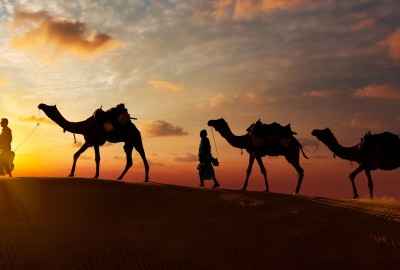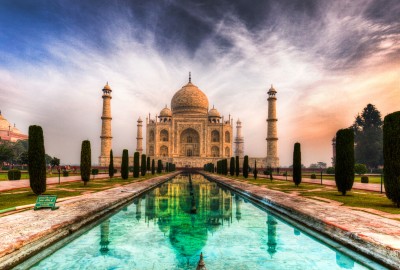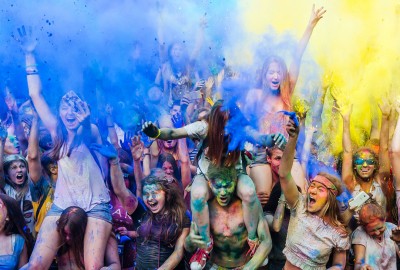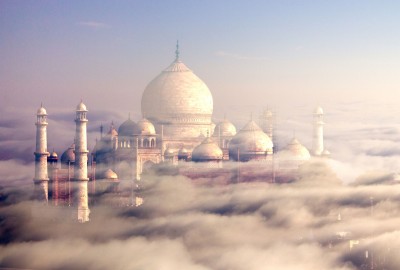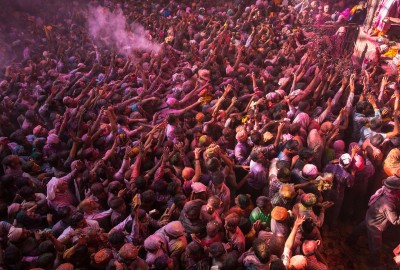15 DAYS & 14 NIGHTS
MUMBAI I AHMEDABAD I DASADA I BHUJ I GONDAL I JUNAGARH I SASAN GIR I DIU I BHAVNAGAR I PALITANA
The Gujarat heritage tour takes you the land where azure seas meet sparkling sands and sunsets embrace rosy dawns. You will experience the rich culture and ethos of state along with the age-old palaces browned in the sun. Gujarat offers view of some of the architectural marvels including the world heritage sites, museums, temples, wildlife and mosques.
Detailed Itinerary
Assistance on arrivl (Check in time would be 1200hrs)
Transfer to your Hotel.Briefing of the tour by the executive
Bombay, is the capital of the Indian State of Maharashtra. The city is the second most-populous in the world; with approximately 14 million inhabitants along with the neighbouring cities of Navi Mumbai and Thane it forms the world’s 4th largest urban agglomeration, with around 19 million people. Mumbai lies on the west coast of India and has a deep natural harbour.Meet/Assist on arrival and transfer to Hotel.
Overnight at Hotel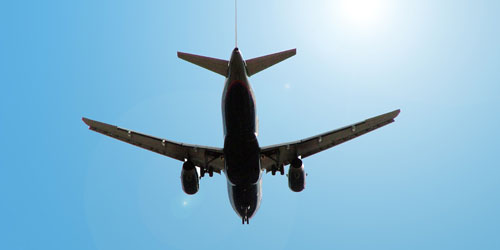
Depart for sightseeing tour of Mumbai.
Excursion by motor launch to Elephanta Caves - 9 kms in the sea. These 7th century rock cut cave temples dedicated to Lord Shiva are situated on top of a hill on the island.The Elephanta Caves are caves located on Elephanta Island in the Arabian Sea near Mumbai, contain Shaivistic high reliefs in stone of Hindu Deities important to worshipers of Shiva. The sculptures were created beginning in the late Gupta Empire, or sometime after, and at later dates. Elephanta Island was designated a UNESCO World Heritage Site in 1987 to preserve the artwork. The original name of this epitome of temple art is Agraharpuri, Agrahar. Agrahar is the necklace or most important neck ornament. The Agraharpuri slowly became Gharapuri; still retaining the original meaning as the focal point of Gharapuri Island, which was renamed Elephanta Island by the Portuguese and is located in Mumbai Harbour off the coast of Mumbai (formerly known as Bombay).
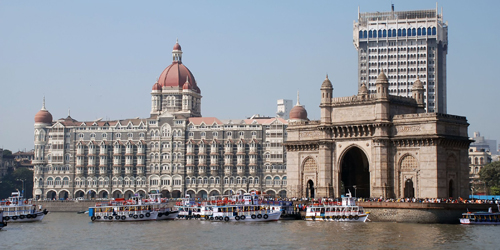
Gateway of India
Gateway of India Mumbai's most famous monument, this is the starting point for most tourists who want to explore the city. It was built as a triumphal arch to commemorate the visit of King George V and Queen Mary, complete with four turrets and intricate latticework carved into the yellow basalt stone. Ironically, when the Raj ended in 1947, this colonial symbol also became a sort of epitaph: the last of the British ships that set sail for England left from the Gateway. Today this symbol of colonialism has got Indianised, drawing droves of local tourists and citizens.
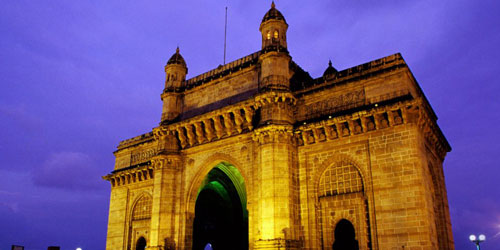
Marine Drive

Crawford Market
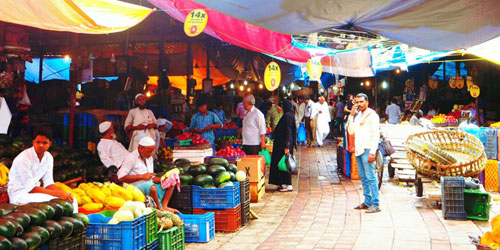
Mani Bhavan
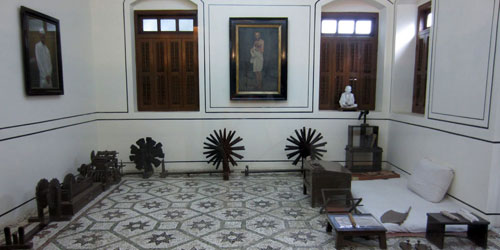
Hanging Garden
Overnight at Hotel

Transfer to Mumbai domestic airport in time to connect flight to Ahmedabad
Meet/Assist on arrival and transfer to hotelAhmedabad was founded in 1411 by Sultan Ahmed Shah to serve as the capital of the Gujarat Sultanate. The city is named after its founder. Under British rule, a military cantonment was established and the city infrastructure was modernised and expanded. Although incorporated into the Bombay Presidency during the British rule in India, Ahmedabad remained the most important city in the Gujarat region. The city established itself as the home of a booming textile industry, which earned it the nickname "the Manchester of the East."[4][5] The city was at the forefront of the Indian independence movement in the first half of the 20th century.[6] It was the centre of many campaigns of civil disobedience to promote workers' rights, civil rightsand political independence.
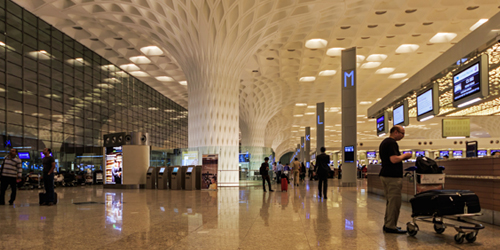
Jama Masjid
Sabarmati Ashram - this This ashram was Gandhi's headquarters during the long struggle for Indian independence. His ashram was founded in 1915 and still makes handicraft, handmade paper and spinning wheels. Gandhi's spartan living quarter are preserved as a small museum and there is a pictorial record of the major events in his life. The ashram is open from 8.30 am to 6.30 pm (7 pm between April and September). Admission is free. There is a sound-and-light show for a small charge at 6:30 pm (in Gujarati) and 8:30 pm (in English on Sunday, Wednesday and Friday and in Hindi on the other nights. The beautiful ashram complex of Ahmedabad, with it's shady trees populated by thousands of parakeets, beeeaters, sunbirds and squirells, offers a refuge from the loud streets of the city, and is one the foremost tourist attractions of Ahmedabad. & other places of Interest.
Overnight at Hotel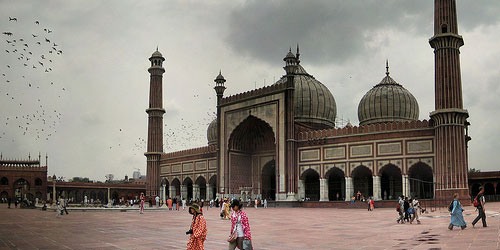
Depart for Dasada en route visiting Patan and Modhera
Patan is famous for its hand woven sarees and is a must-visit destination for all the people visiting Gujarat, especially women. Apart from this, it is also a sought after tourist destination, as the Solanki architecture can be seen at its best here. The sightseeing tours of Patan reveal the majesty of these monuments to the visitors. Some of the foreign tourists come here especially to view the enthralling architecture of the temples of Patan. The Jain temples, with their intricate carvings, are the main attraction of the city. The place interests,people of diverse religion, as there are both temples and mosques here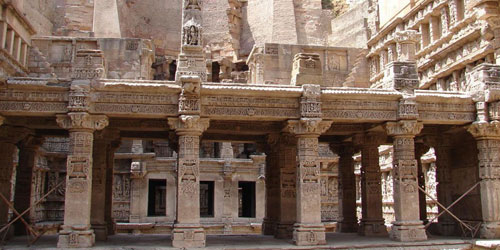
Madhora
Continue your drive to Dasada & check in at Camp.
Overnight in the camp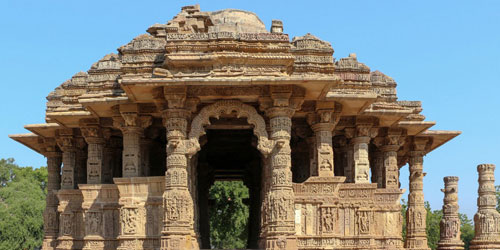
Morning safari into The Little Rann Of Kutch - The highlight of this sanctuary is the Asiatic Wild Ass or 'Gudkhur' that is endemic to the region & is one of the most endangered species in the world. The Little Rann of Kutch is also a paradise for bird watchers.
Rest of the day is free to relaxOvernight at hotel
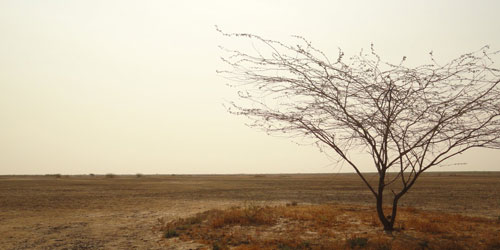
Drive to Bhuj and check in at hotel
Overnight at hotel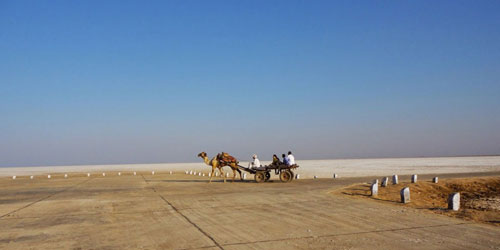
Depart for sightseeing tour of Bhuj visiting Kutch Museum
The Kutch Museum, formerly known as the Fergusson Museum, was founded by Maharao Khengarji III in 1877 AD. This museum was built by the state engineer Sir Ferguson, and thus named after him. This museum remained a private exhibit for the Maharaos till independence and was renamed as the Kutch Museum. The Kutch museum is the oldest museum in Gujarat. This museum is built in the Italian style and located in picturesque surroundings on the banks of the Hamirsar Lake. The museum has a large collection of Kshatrapa inscriptions, various archaeological objects, arms and specimens of various crafts of the Kutch region.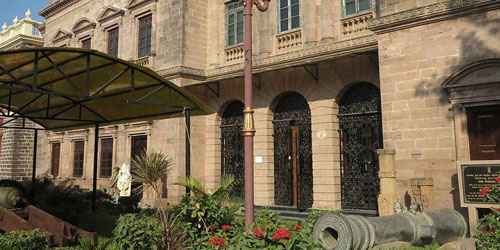
Aina Mahal Palace
Also visit a nearby village to have a look at their special style of Embroidery called “Bharat”
Overnight at hotel
Drive to Gondal en route visitng Rajkot - the place where Mahatma Gandhi spent the early years of his life.
Continue your drive to Gondal and check in at hotelIn the late afternoon you will be taken to visit
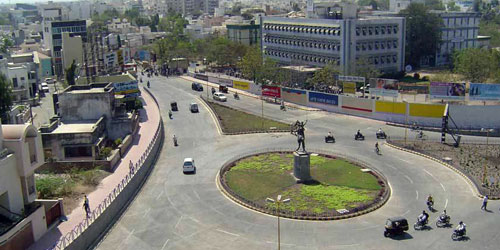
Navlakha Palace
Also visit the Swami Narayan Temple
Overnight at hotel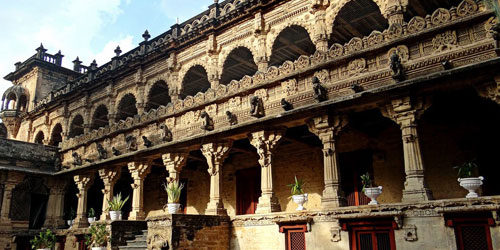
Depart for Sasan Gir en route visiting Junagarh – an ancient fortified city rich in myth and legend visiting the remarkable Upperkot Fort (Upper Fort). Over the centuries, enemies had tried to capture this fort but couldn't do so. The walls of the fort are as high as 70 feet. Some Buddhist caves are also situated in Junagadh which show that there might have been a monastery here before its regal history began.
Continue your drive to Sasan Gir and check in at hotelGir National Park & Wildlife Sanctuary comprises 1412 sq km of deciduous forest interspersed with semi-evergreen and evergreen flora, acacia, scrub jungle, grasslands and rocky hills. Fed by perennial and seasonal rivers and streams, the sanctuary has large water bodies like the Kamleshwar Dam that are good for crocodiles and birds.
Overnight at hotel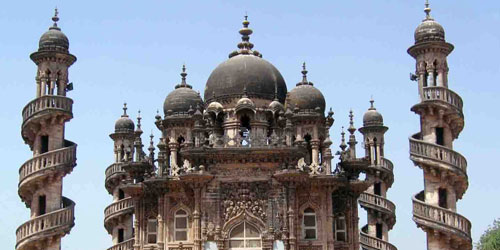
This beautiful forest is considered as one of the most protected areas in Asia, as it is a home to numbers of rare species. The amazing ecosystem of Gir and its vast Flora and Fauna is considered as a huge support for the state forest department. To see its diverse Flora and Fauna, large number of nature lovers, adventure and wildlife lovers come to this place just to explore its exquisite beauty. There are numerous attractive places to visit in Sasan Gir, which has more than 400 plant species around 2,375 distinct fauna, which include 38 species of mammals, about 300 species of birds, 37 species of reptiles and more than 2,000 species of insects. There are numerous attractive destinations, which include Gir Interpretation Zone, Devalia, Kamleshwar Dam (Crocodile Breeding Farm)
Afternoon drive to Diu and check in at hotelOvernight at hotel
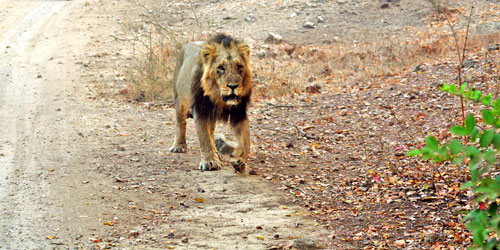
Depart for sightseeing tour of Diu visiting
Diu Fort – Among the Portuguese structures, Diu Fort is the main attraction of Diu. It was built by the Portuguese Governor Nuno De Cunha between 1535 and 1541 AD It is an expansive and imposing structure, situated on the coast of the island. The fort is skirted by the Sea on the three sides. On the fort stands a giant Light House. Several canons still stare menacingly from top. The main front wall is having five huge windows with stone galleries. The Fort has been creatively lit, which creates a breath taking views at night.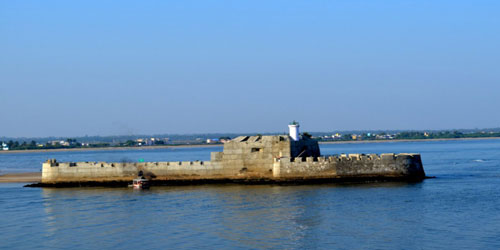
St. Paul's Church
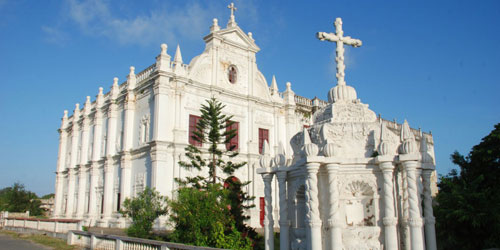
Church of St. Francis of Assisi
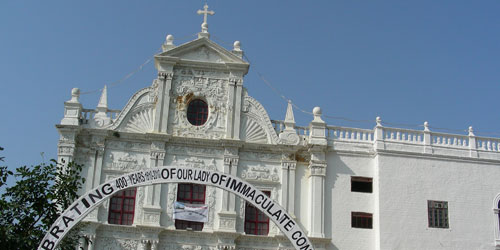
St.ThomasChurch
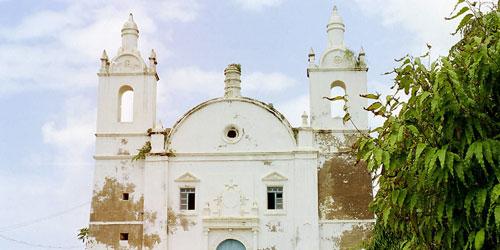
Nagoa Beach
Overnight at hotel
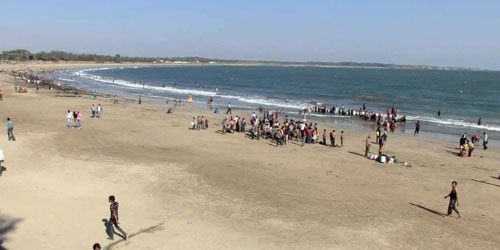
Depart for Bhavnagar- once the princely state which was founded in 1742 and is now flourishing port on the Gulf of Khambhat Bhavnagar is the base of Palitana.
Overnight at hotel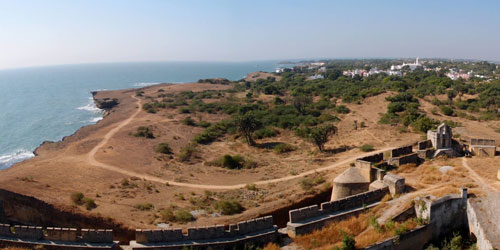
Today you will be taken on a full day excursion to Palitana – scared city of Jains. It was the capital of a small princely state founded by Shahji, a Gohel Rajput who belonged to the same clan as the Maharaja of Bhavnagar. Palitana is situated at an altitude of 182 metres and covers an area of 13 square km. Palitana is one of Jainism's holiest pilgrimage sites and gateway to the Shatrunjaya hill. Besides being a pilgrimage centre, Paliatana is also knowm for the horse-breeding
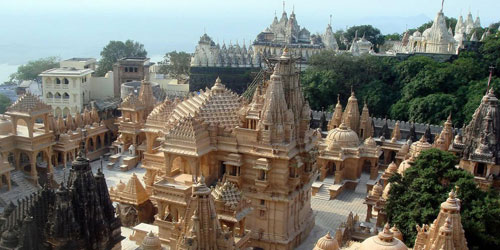
Shatrunjaya Hill, Palitana
Overnight at hotel
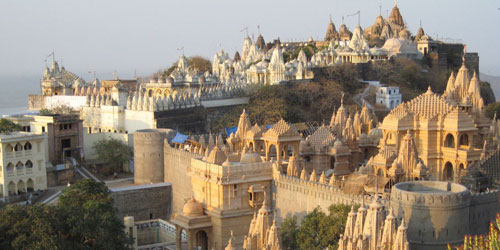
Transfer to Bhavnagar airport in time to connect flight to Mumbai
Meet/Assist on arrival and transfer to hotelRest of the day is free to relax
Overnight at hotel
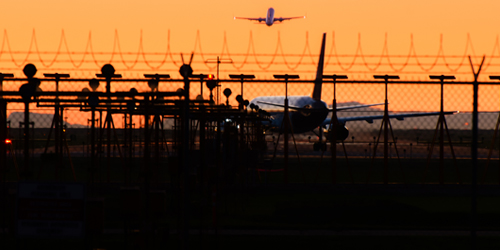
 Tour Includes
Tour Includes
Share twin accommodation with breakfast
Transfers & sightseeing by Air Conditioned vehicle
Services of accompanied English speaking guide in Gujrat
Services of English speaking local guides in Mumbai
Jeep Safari in Dasada & Sasan Gir on sharing basis with accompanied naturalist
Lunch & Dinner during stay at Dasada & Sasan Gir
Bhuj permit fees
Present Applicable taxes as on 15th, Jan 2020
 Tour Excludes
Tour Excludes
Entrance tickets to Monuments/National Park
International Airfare
Domestic Airfare
Visa fee & Insurance
Items of personal nature i.e. laundry, telephone, camera fee, drinks & tips etc

